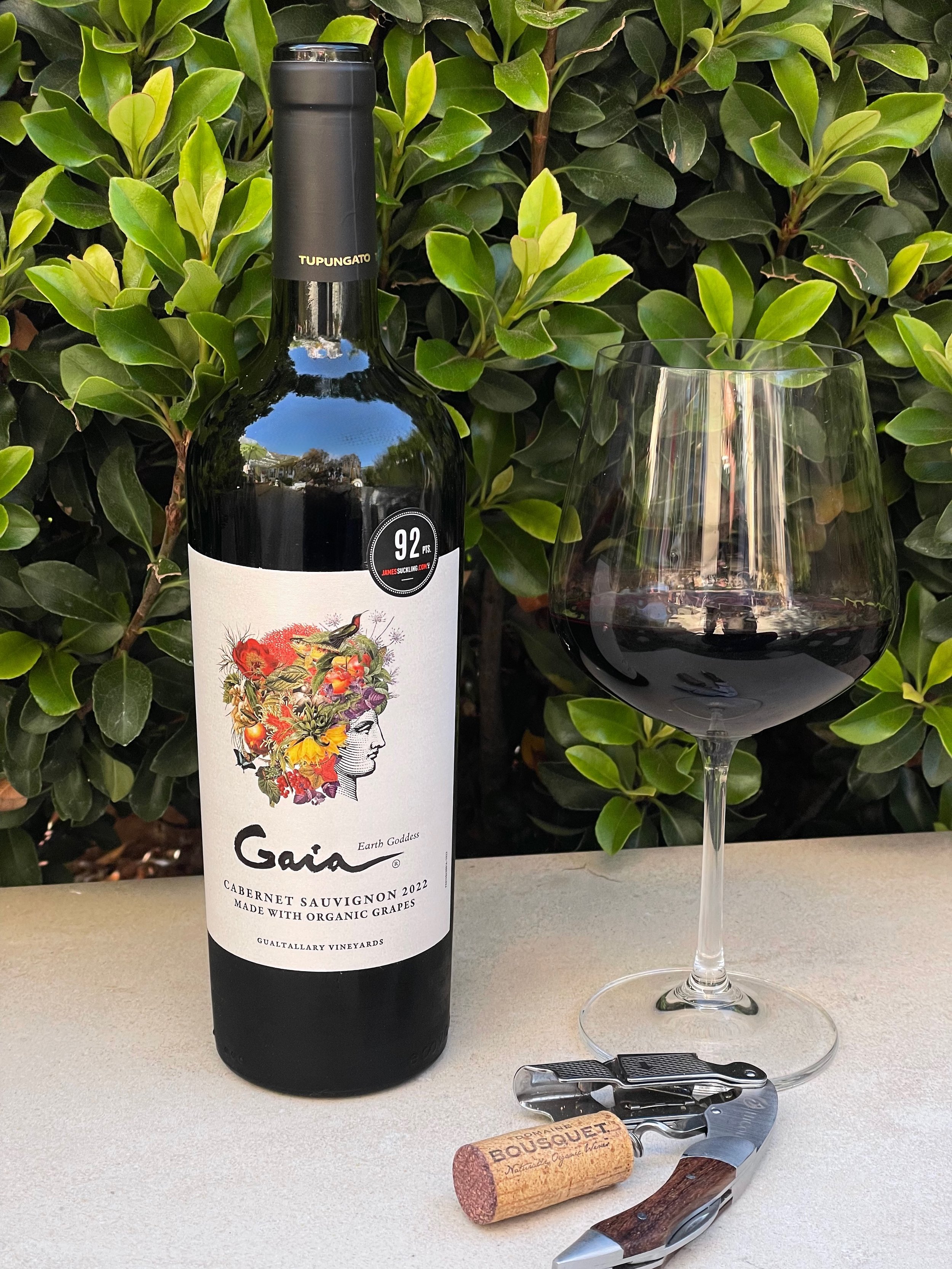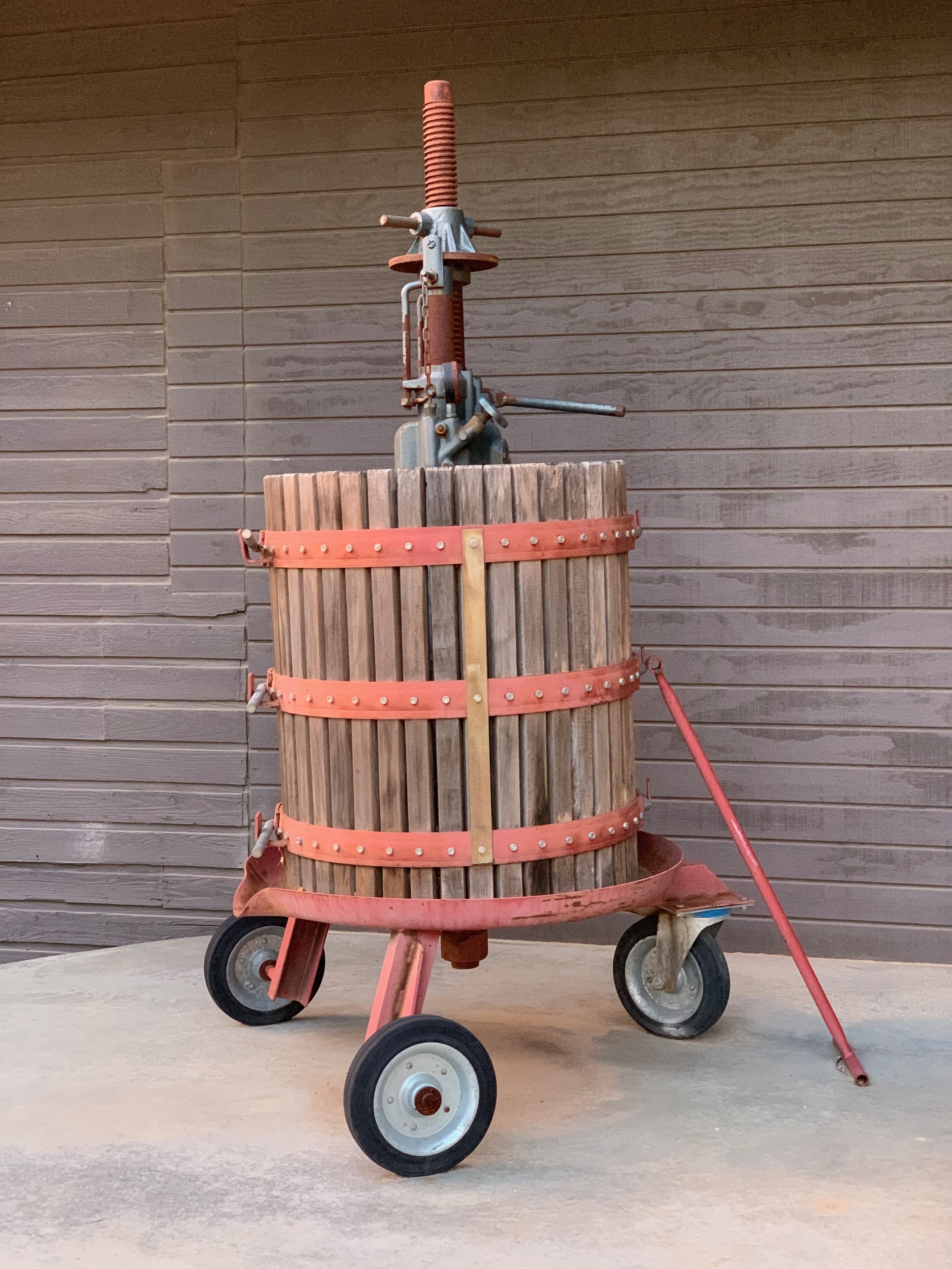2022 Domaine Bousquet Gaia Cabernet Sauvignon ($25)
Gaia, the Greek goddess of the Earth, has been the Bousquet family’s inspiration since founding the winery in 1997. According to Ancient Greek mythology, Gaia (Guy-uh) was one of the primordial deities, emerging fully formed from Chaos to become the divine personification of Earth and the mother of all life. Gaia labels depict the goddess in a festive headdress of colorful fruits and flowers.
Gaia wines are crafted with French winemaking sensibility and made from 100% organic fruit grown at a cool 4000 foot altitude.
This Gaia Cabernet Sauvignon was produced from 100% Cabernet Sauvignon grapes that were carefully hand selected. They were fermented with native yeast for 15 days followed by 30 days of maceration. The wine then underwent full malolactic conversion before spending 10 months in used French oak.
This Gaia Cabernet Sauvignon is deep purple in color with medium aromas of black cherry and black plum. On the palate, this full-bodied wine has flavors of black fruit along with herbal notes. There is a hint of chocolate from the oak aging. It has rich flavors and a nice finish with spicy and jammy notes. [ ABV: 14.5%, TA: 5.2 g/L, pH:3.68, RS: 1.9 g/L]
This Domaine Bousquet Gaia Cabernet Sauvignon is very tasty and quite affordable, making it a great fit as this week’s Behind the Cork™ Wine of the Week. Cheers!
Sample Provided by Domaine Bousquet






